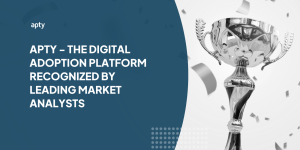The term ERP was coined in the early 1970s. Back then, it ran on mainframe computers and by the 1990s, ERP vendors shifted to a client-server model. In this model, desktop devices (clients) communicated with a central server computer. By the late 1990s, cloud-ERP entered the scene which removed the clunky hardware from the picture and enhanced user experience as web-browser-like UI became more popular.
Since then, ERP’s complexity has only increased as it has become a hub for all applications. Users expect a better interface and user experience with ERP solutions. The data that goes into it has become crucial for important business decisions.
If you are concerned about implementing ERP but want to learn more about its benefits, you’re in the right place.
Implementing ERP software can be challenging, especially in the post-pandemic world. However, that shouldn’t stop us from exploring opportunities. A well-thought-out ERP adoption plan can go a long way and help you overcome most of these hurdles.
What is ERP?
ERP stands for Enterprise Resource Planning. It is software that helps organizations manage business activities like Sales, Marketing, Procurement, Engineering, Human Resources, Supply chain, Project management, procurement, etc.
It integrates all important parts of a business and acts as a central hub to get an overview of the business. A major advantage of having an ERP is that business decision-makers are fed with crucial real-time information for their activities.
What is ERP Adoption?
Successful ERP adoption refers to an organization using the ERP solution to its fullest potential and leveraging it to increase productivity and efficiency and make crucial decisions for better business outcomes.
It is important to note that ERP adoption is a multi-stage process with different goals in each stage.
However, these benefits cannot be reaped without the successful implementation of the system. This requires changes in systems and processes and coordination among members from all departments of the organization. Hence, implementing ERP systems substantially changes organizational structure and working methods.
Organizations use ERP mainly because it acts as a single source of truth, organizes information, and gives a complete end-to-end picture of the business to help them make business decisions.
Why is ERP Adoption a Challenging Task?
Adopting ERP can be challenging because of the following factors:
- Complexity of the system
- Constant change in business processes
- Resistance from employees
- Poor training strategies
There are other challenges, too, like lack of communication, getting buy-in from stakeholders, and addressing the concerns of people involved.
Irrespective of where you are in your ERP adoption journey, you will face one challenge or the other. It is always better to prepare an ERP adoption strategy and your implementation plan to have a clearer picture.
Often, decision-makers create adoption strategies post-ERP deployment, but this will hamper the adoption rate. A proactive approach to creating an adoption strategy is always better since it will help you leverage the ERP system to its fullest potential from the beginning rather than fill gaps that you find during implementation.
5 Challenges Faced by Companies Who Adopt ERP Systems
- Not Having a Proper Plan
- Poor Communication Channels
- Not Selecting the Right Partners
- Lack of Time
- Issues with Process Compliance
1. Not Having a Proper Plan
Nearly 50% of ERP implementations fail the first time around, and on average, ERP takes 30% longer than the estimated time. About 65% of the time, the budget gets exhausted because the system needs modification to match the organization’s demand, but businesses realize this after the implementation.
ERP adoption heavily relies on a well-designed plan and roadmap, and not having one will wreck your adoption efforts.
Without a strategy, you will encounter outdated processes that your employees no longer use. If the processes are good, you might find a situation where the newly designed processes do not align with your employees’ goals.
Even if everything is fine, people resist this sudden change because they are unsure about the future.
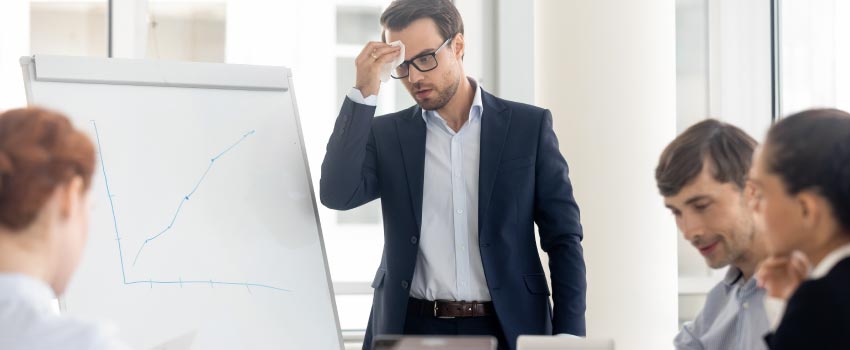
So, where do you start?
You can start by analyzing the current process to understand whether it helps your employees perform tasks easily. If it does, then you have to see if you can achieve the desired outcomes using it.
Don’t just stop here. This is the time when you can audit all your processes, check what is working and what is not, and find out if a process is contributing towards the business goal or not. If not, identify whether the problem is with a particular step, complete process, or how the employees use the application.
You can also go a few steps ahead and analyze and find the following:
- If the new or revamped process is future-ready
- If it will take your organization in the projected direction
- If the workflows will be smooth if the ERP is integrated with other supporting applications
- If there is a need for any new applications
- If there is an application that is underutilized or not adding value
All this needs to be figured out during the ERP adoption audit, and a plan must be strategized to overcome it. The next step is to create a plan that delivers expected business outcomes, streamlines processes, and satisfyes employee needs.
To do that, you need applications like Digital Adoption Platforms that help you address the issues with your current process and design a new one that aligns with your organization’s needs.
It helps you gain greater visibility into your ERP adoption initiatives through robust tracking and analytics. The insight provided by DAPs helps you identify and rectify even the smallest problem with your business process.
Sometimes, the problem is not with the efficiency of employees but with the complexity of the business process.
Related Article: How Insights generated from a Digital Adoption Platform can help
2. Poor Communication Channels
Post-ERP implementation, communication channels to address changes in the software are neglected. It is assumed that once the software is implemented and employees are trained, they will find their way around it without any help.
Well, the truth is that the real battle begins after ERP implementation. As mid-level employees are most commonly the ones using the ERP system, it is crucial to convey the message, expectations, updates, or any change in the system or process.
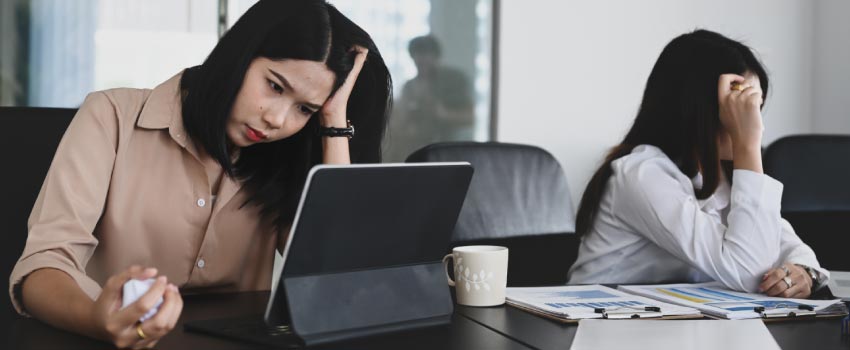
Often, the upper layer of the management is informed about the change, and it is rolled out to the mid-level executives without any prior notice.
It is important to inform them regularly about the changes made within the ERP system. If you do not do so, they will be surprised and might drop off tasks that seem inaccessible.
Usually, organizations prefer emails or company-wide conference calls to announce changes. While this may work, stats show that only 21.33% of Emails are opened, and 85.3% of respondents feel that conference calls negatively impact their productivity, enthusiasm, and concentration.
The ideal solution would be to use an in-app announcement tool to notify your employees within the ERP application and guide them in the right direction.
Digital adoption platforms can be used to notify users about this change, and this notification pop-up will not disappear unless employees acknowledge the message.
This ensures that the message is conveyed clearly to each employee. You also gain visibility into analytics, such as the number of people who received the message in the announcement dashboard.
More on this here: How In-app adoption can drive successful software adoption?
3. Not Selecting the Right Partners
Yes, you heard that right. You need the right partners for ERP implementation, and you need them during the adoption phase.
You have to select a partner with vast experience in handling complicated ERP adoption in your industry.
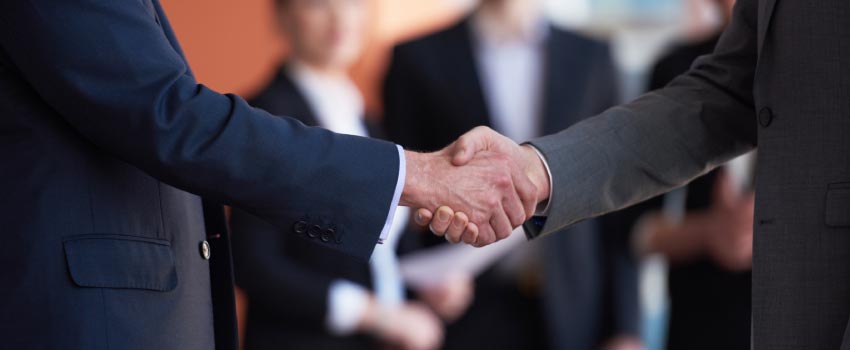
Once you have that part sorted out, you must pick internal partners who understand the business and have technical expertise. There could be more than one champion within the organization who can drive ERP adoption by motivating the workforce.
The collaboration between internal and external stakeholders is of paramount importance. The external stakeholders must understand your business needs and you must be in a position to understand their recommendations.
Eventually, all stakeholders involved must develop an idea to create a proper ERP adoption strategy with clearly defined goals for the process and the people involved.
4. Lack of Time
Most of the time goes into deploying the ERP solution. A considerable amount of time must be assigned to ensure a successful ERP implementation.
Most enterprise projects run on a tight timeline and require approval from multiple stakeholders before making any minor progress.
This slows down the deployment process, and by the time ERP is deployed, the time left to train and onboard employees is negligible. This hampers ERP adoption.
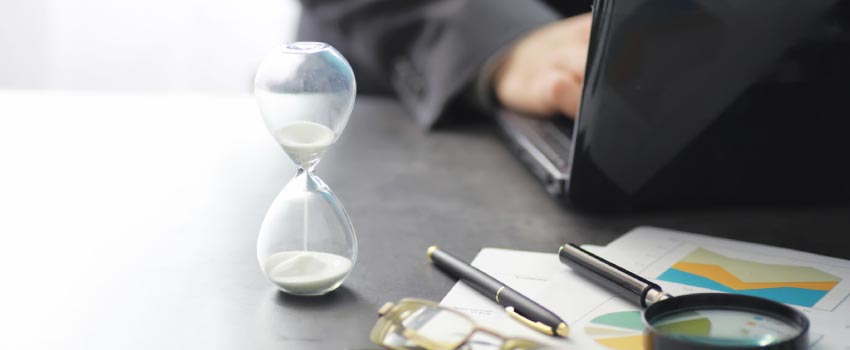
Even if organizations have time to train their employees, it gets wasted in traditional training methods. The worst part is you are unsure of the result, as conference room training cannot be measured. However, with online training, the required metrics can be calculated.
However, the problem with online channels is that you can only measure the engagement rate, which shows the number of times employees spend on the course, not the outcome generated from it.
Employees can learn online whenever it suits them, and it takes less time than learning in a classroom. Online training is great for keeping job skills fresh, although it’s not the top choice for learning how to use new software.
The most optimal option is to train employees on the job while completing their tasks, but is that possible?
Yes, with a Digital Adoption Platform. DAPs allow users to train from day 1 instead of relying on outdated training methods, videos, and simulations.
5. Issues with Process Compliance
ERP is a monolithic application that integrates with tons of other applications to act as a central hub of information. Unless data is entered correctly into ERP systems, the output data and analytics will be inaccurate, and the insights generated from it will be flawed.
Employees need to enter information correctly according to the company’s regulations and standards to ensure accurate data exchange.

For that to happen, employees must know what data type to enter and where. For instance, if they have to enter the vehicle’s part number, they must know the standard followed by the organization. So, they must, in turn, also be aware of the standards followed by the organization. This is highly impractical and almost always leads to flawed output.
To prevent this, organizations often rely on training, but that rarely helps. Most employees tend to forget the specifics because these applications are not used often. In fact, employees forget 70% of what they have learned during training 24 hours after the training is provided. The forgetting curve hypothesized this decades ago.
So, what can be done?
To achieve complete data integrity and ensure process compliance, organizations can use Digital Adoption Platforms like Apty, which have data validation tools to warn employees if the entered data does not meet the company’s standard.
It further helps you align ERP usage with business processes and objectives by using walkthroughs, tooltips, data validation, in-app help, and customized training content.
Unleash the Power of ERP with Proper Adoption
ERP is undoubtedly a powerful tool, but many hindrances can prevent a successful implementation. The ideal solution would be to have the right mix of partners and tools to make things easier.
Apty is a Digital Adoption Platform that goes beyond walkthroughs and tooltips and helps you focus on business processes, outcomes, and employee productivity to ensure successful ERP adoption.

